Magnetic stirrer
MS-3000 is compact magnetic stirrer with stainless steel working surface. Units provide stirring of liquids with rotation speed of magnetic element up to 3000 rpm. Currently it is the highest maximal speed for magnetic stirrers of global producers.
Strong magnets hold the driven magnetic element firmly in the magnetic clutch. Stirring is performed without undesirable heating and noise.
Enclosures of stirrer MS-3000 are made of strong steel and painted with powder enamel, which is chemically resistant to acids and alkali.
The stirrers are supplied with a cylinder-shape magnetic stirring bar (6 × 25 mm) encapsulated in PTFE for universal use.
Magnetic stirrers are ideal laboratory instruments for PH-metering, extraction and dialysing with the small quantities of substances.
Operation temperature range +4°С to +40°С (from cold rooms to incubators) at maximal relative humidity 80%
Report Abuse
Shipping Details
Based on 0 reviews
Be the first to review “Magnetic stirrer”
You must be logged in to post a review.
Vendor Information
- Store Name: ATLANTIC Scientific and Research Supply
- Vendor: ATLANTIC Scientific and Research Suply
- No ratings found yet!
-
Health & Medical
WBC-pipettes
Gentian violet slightly stains the nuclei of the leucocytes. The blood specimen is diluted 1:20 in a WBC pipette with the diluting fluid and the cells are counted under low power of the microscope by using a counting chamber. The number of cells in undiluted blood is reported per cumm (µl) of whole blood.
SKU: n/a -
Health & Medical
Mechanical Stirrer
Overhead stirrer is suitable for mixture of high viscosity liquid or solid-liquid. Widely used in chemical synthesis, pharmaceutical, physical and chemical analysis, petrochemical, cosmetics, health care, food, biotechnology and other fields.
Characteristics:
. Brushless DC motor drive, low noise and maintenance free.
. Stainless steel head restraints, more durable
. Stirrer with digital type has three kinds of rotation mode as positive rotation, inversion, reciprocal and mutual conversion.SKU: n/a -
Health & Medical
UV-spectrophotometer double beam
Range 190-1100 nm, basic/quantiative wavelength scan/DNA Protein Test/Kinetic, automatic peak picking spectrum display. Large screen with graphic display. Spectrum and data can be printed out by printer and sent to computer via USB PORT. Set of 4 quartz and 4 glass cuvettes is provided. Software Included (Imported with German Lamps).
SKU: n/a -
Health & Medical
Glass -Test-Tube++
Glass test tube, also known as culture tube and sample tube, is a common and widely used glassware, which has a finger-like length, open top and closed bottom. It can be made of soda-lime material, borosilicate glass or quartz glass. And borosilicate glass and quartz glass test tube can withstand high temperatures up to several hundred celsuis.
SKU: n/a


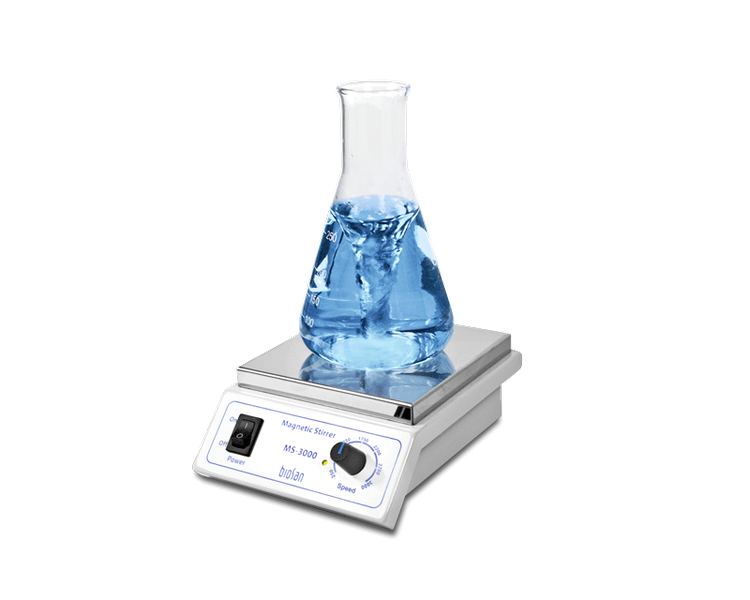
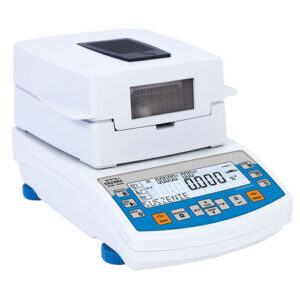
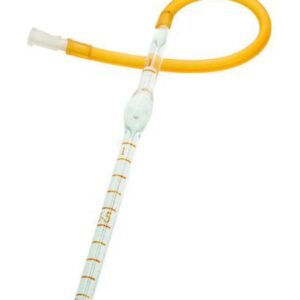
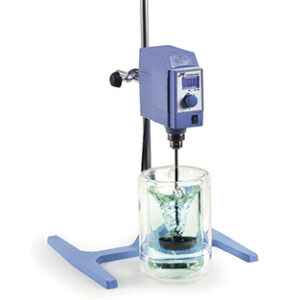
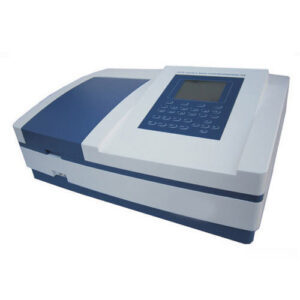
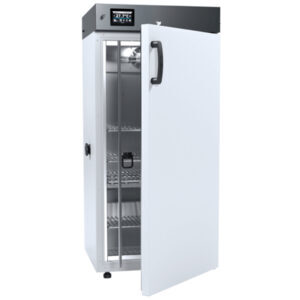
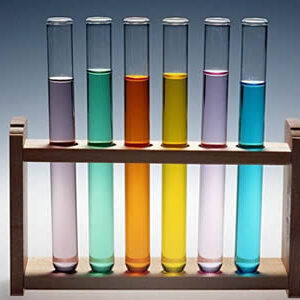
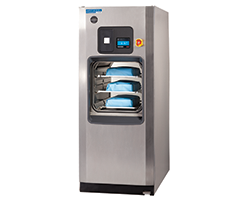
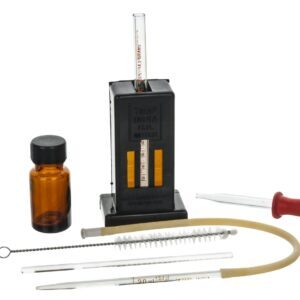
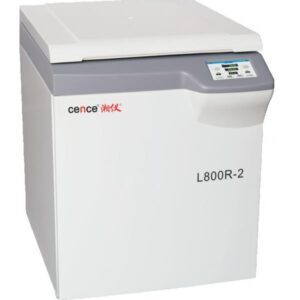
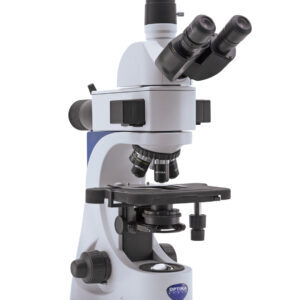
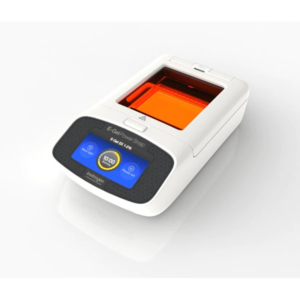
There are no reviews yet.